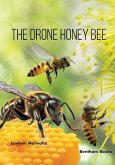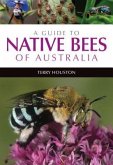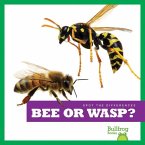Native bees are crucial pollinators that help to preserve ecosystems, biodiversity, and agricultural output. Unlike honeybees, which are frequently controlled for honey production, native bees are non-commercial pollinators that exist naturally in the ecosystem. They are frequently solitary, less aggressive, and require little to no maintenance when compared to honeybees. This introduction gives an overview of typical local bee species and discusses the advantages of keeping these interesting creatures as pets or encouraging their presence in your yard. An overview of native bee species There are more than 20,000 bee species worldwide, with many of them endemic to certain locations. Native bees vary greatly in size, behavior, nesting patterns, and ecological roles. Some of the most frequent native bee species are: 1. Mason Bees (Osmia species) >2. Leafcutter Bees (Megachile spp.) >3. The Carpenter Bees (Xylocopa spp.) >4. Bumble Bees (Bombus spp.) - Unlike many native bees, bumblebees are gregarious and live in colonies, albeit much smaller ones than honeybees. Bumblebees are important pollinators, particularly in chilly climates when other bees may not be active. They nest in cavities, underground, or dense vegetation. 5. Sweat Bees (Halictidae Family) >6. Mining Bees (Andrenidae) - Mining bees are ground-nesting insects that excavate burrows in sandy or loose soil. They are solitary and emerge in early spring, making them valuable pollinators for fruit trees and early-flowering plants. These bees are not aggressive and like calm, open environments.
Hinweis: Dieser Artikel kann nur an eine deutsche Lieferadresse ausgeliefert werden.
Hinweis: Dieser Artikel kann nur an eine deutsche Lieferadresse ausgeliefert werden.




![The Canadian Bee-keeper's Guide [microform]: an Easy Method of Managing Bees by the Use of Thomas' Patent Moveable Comb Bee Hive The Canadian Bee-keeper's Guide [microform]: an Easy Method of Managing Bees by the Use of Thomas' Patent Moveable Comb Bee Hive](https://bilder.buecher.de/produkte/65/65531/65531435m.jpg)



